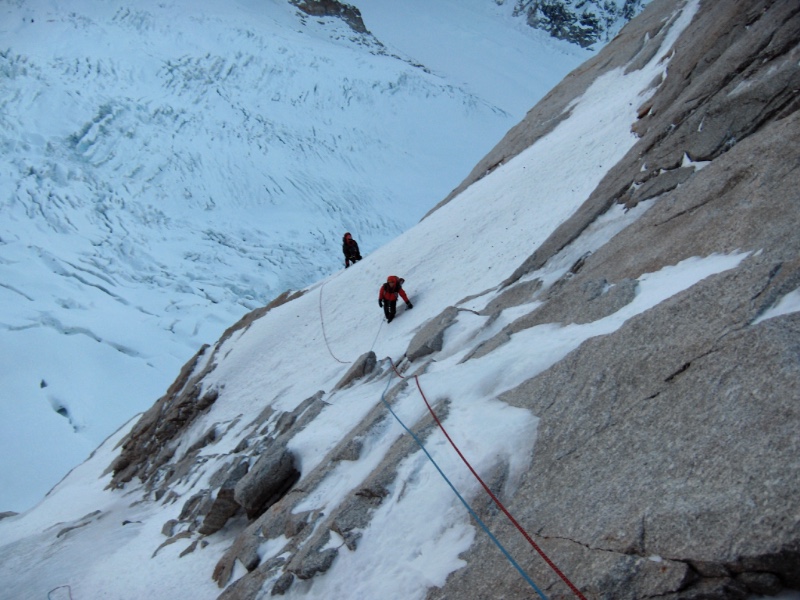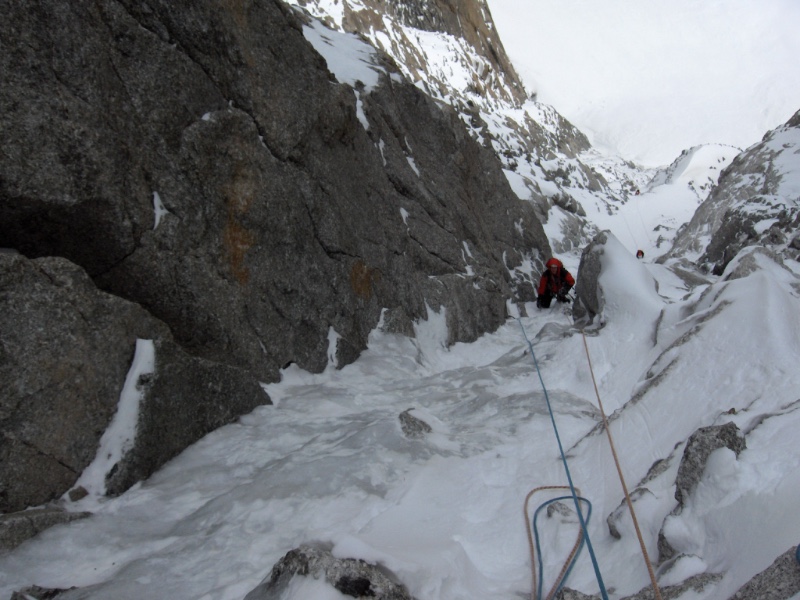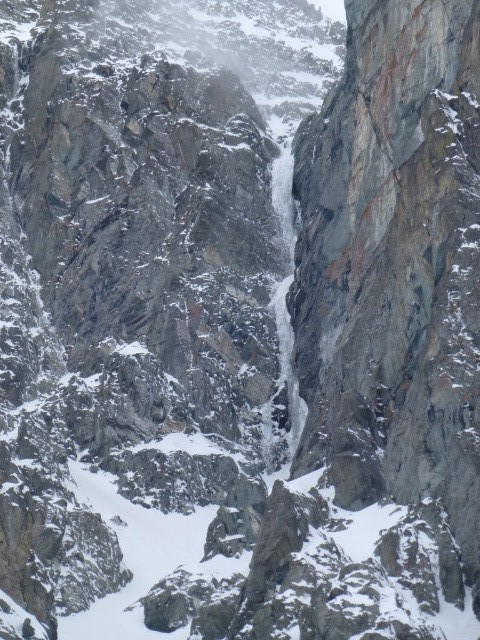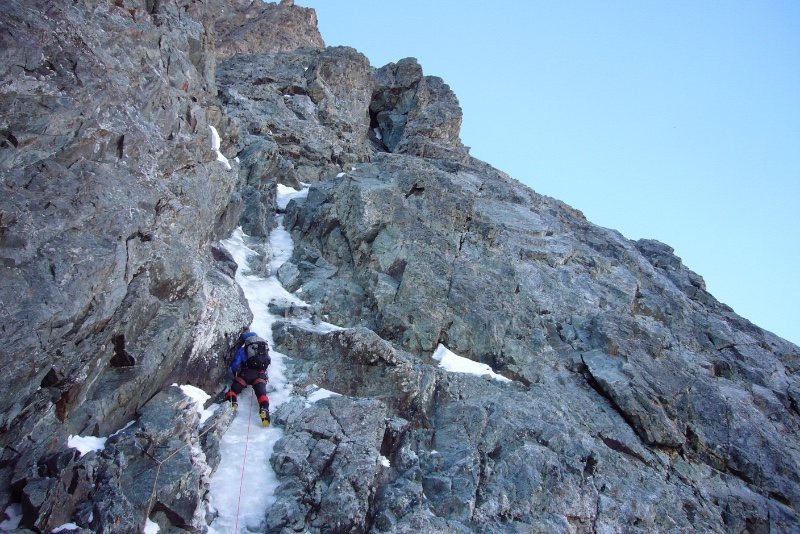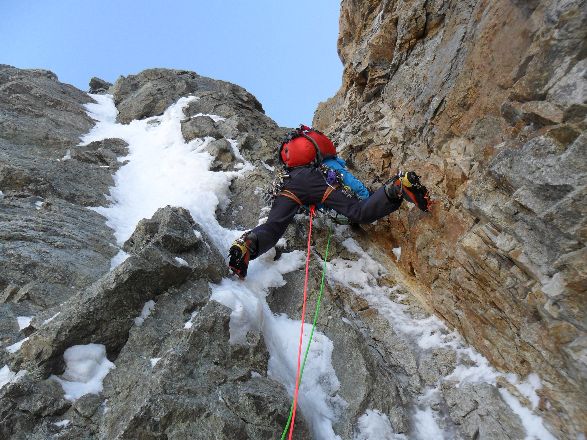What exactly pushes people towards winter mountaineering?
Is it the incredible atmosphere?
Having the mountains all to themselves?
Combing everything that makes mountaineering so inticing – snow, ice, rock?
Curiosity?
The mountains in winter are amazing, it just requires a bit of daring and knowledge to fully enjoy them and to transform a simple outing into what feels like a faraway adventure.
If you already have experience climbing in summer, or even ice climbing, why not try a mountaineering adventure in winter at your own pace:
- Gullies
- Ridge traverses
- Long routes
RATES/ LEVEL / NUMBER of participants: contact us and we will plan your project together.
